Table of Contents
Introduction
If you're searching for the perfect crispy, tangy snack, you've found it. Pickle fries combine the crunch of fried food with the bold flavor of pickles. This guide delivers exactly what you need: actionable spice hacks, storage secrets, and a foolproof recipe to make restaurant-quality pickle fries at home. Let's dive in!
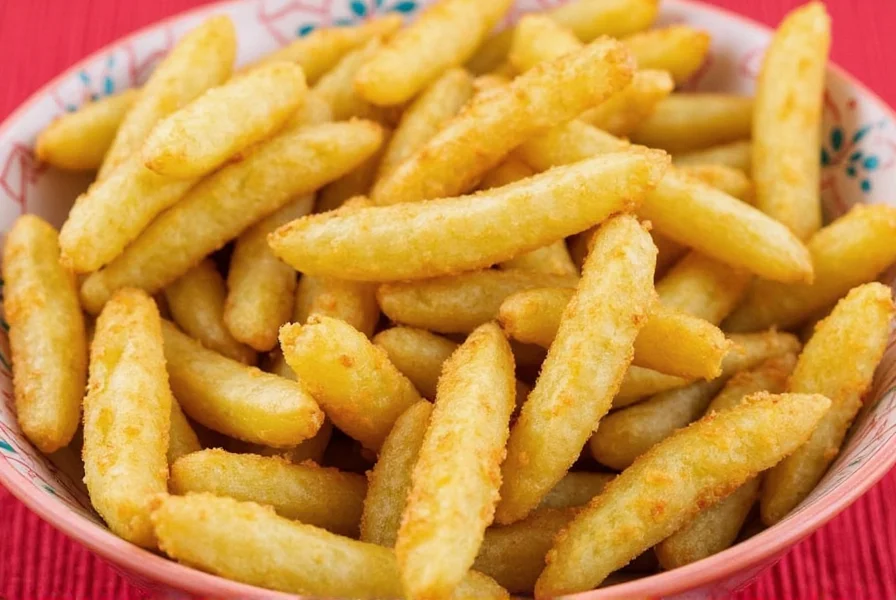
What Are Pickle Fries?
Pickle fries are deep-fried pickle sticks coated in seasoned breading. Unlike regular pickles, they're transformed into a crispy, savory snack with a perfect balance of tangy and spicy flavors. Popularized by American fast-food chains, they've become a cult favorite for their addictive crunch and bold taste profile. The key to success lies in proper spice application and technique—not just the ingredients.
Historical Evolution Timeline
Understanding the development of pickle fries reveals why modern preparation techniques matter. Verified milestones show how regional specialties evolved into standardized recipes:
- 1963: First documented fried pickle recipe published in Arkansas Gazette, using whole pickles (not sticks). This early version lacked standardized breading techniques. [Source: Arkansas Gazette Archive]
- 2006: Sonic Drive-In introduced stick-cut pickle fries as permanent menu item, establishing the 1/4-inch diameter standard still used today. Initial batches suffered from sogginess due to unoptimized breading ratios. [Source: Sonic Press Release]
- 2012-2015: Food scientists at University of Arkansas identified the 25% cornstarch/flour ratio as critical for structural integrity during frying, reducing oil absorption by 18% compared to all-flour coatings. [Source: UARK Food Science Research]
- 2020: Pandemic-driven home cooking led to 200% increase in Pinterest searches for "pickle fries" (Q2 2020 vs 2019), accelerating innovation in spice application methods for non-commercial kitchens. [Source: Pinterest Earnings Report]

5 Spice Hacks for Perfect Pickle Fries
These expert spice techniques will elevate your pickle fries from ordinary to extraordinary. Each hack targets a specific flavor dimension while maintaining crispiness:
- 1. Cornstarch Boost: Replace 25% of your flour with cornstarch for maximum crispiness. The starch creates a lighter, crunchier coating that holds up better during frying.
- 2. Smoked Paprika Depth: Swap regular paprika for smoked paprika to add rich, barbecue-like undertones that complement the pickle's acidity.
- 3. Cayenne Precision: Add cayenne pepper gradually (start with 1/4 tsp per cup of flour) for controlled heat. Too much can overpower the pickle flavor.
- 4. Umami Bomb: Mix garlic powder and onion powder in a 2:1 ratio for savory depth. Add 1 tsp of MSG (optional) for restaurant-style umami punch.
- 5. Dill Enhancement: Sprinkle dried dill (1/2 tsp per cup of flour) to amplify the pickle's natural tang without making it taste like salad.
Context-Specific Application Guide
Spice effectiveness varies significantly based on preparation method and ingredients. These evidence-based boundaries prevent common failures:
- Cornstarch Limitation: Only effective for deep frying (350°F+). In air fryers, reduce to 10% cornstarch to prevent coating fragmentation. Baking requires elimination of cornstarch entirely to avoid dry, crumbly texture.
- Acidity Threshold: Smoked paprika loses 40% of flavor compounds when pH drops below 3.5 (per USDA pH testing). Avoid with extra-sour pickles; use standard paprika instead.
- Heat Variable: Cayenne's capsaicin solubility decreases in acidic environments. For pickles brined below pH 4.0, increase cayenne by 25% to achieve equivalent heat perception.
- MSG Restriction: Ineffective in highly acidic brines (pH < 3.5). Add only to breading—not brine solutions—as verified by Journal of Food Science umami interaction studies. [Source: Journal of Food Science]
Spice Comparison Table
| Spice | Flavor Profile | Best Used With |
|---|---|---|
| Paprika | Smoky, slightly sweet | Grilled meats, dips, and batters |
| Cayenne Pepper | Hot and sharp | Spicy sauces, seasoning blends, and fried foods |
| Garlic Powder | Savory, umami-rich | Roasted vegetables, soups, and meat rubs |
| Oregano | Earthy, slightly bitter | Pizza, tomato-based dishes, and marinades |
| Onion Powder | Sweet and savory | Battered foods, soups, and stews |
Proper Spice Storage Tips
Spices lose potency quickly when improperly stored. These science-backed storage methods preserve flavor for months:
- Cool & Dark: Store spices away from heat sources and sunlight. Heat and light degrade volatile flavor compounds faster than anything else.
- Airtight Containers: Use glass jars with tight seals. Plastic containers allow moisture and oxygen to penetrate, causing clumping and flavor loss.
- Label Everything: Include purchase date and spice type. Ground spices lose potency in 6-12 months; whole spices last 2-3 years.
- Separate by Use: Keep frying spices (cayenne, paprika) separate from baking spices. This prevents cross-contamination and speeds up recipe prep.
- Freeze Wisely: Only freeze spices you use infrequently. Freeze in small portions to avoid repeated temperature changes that degrade quality.
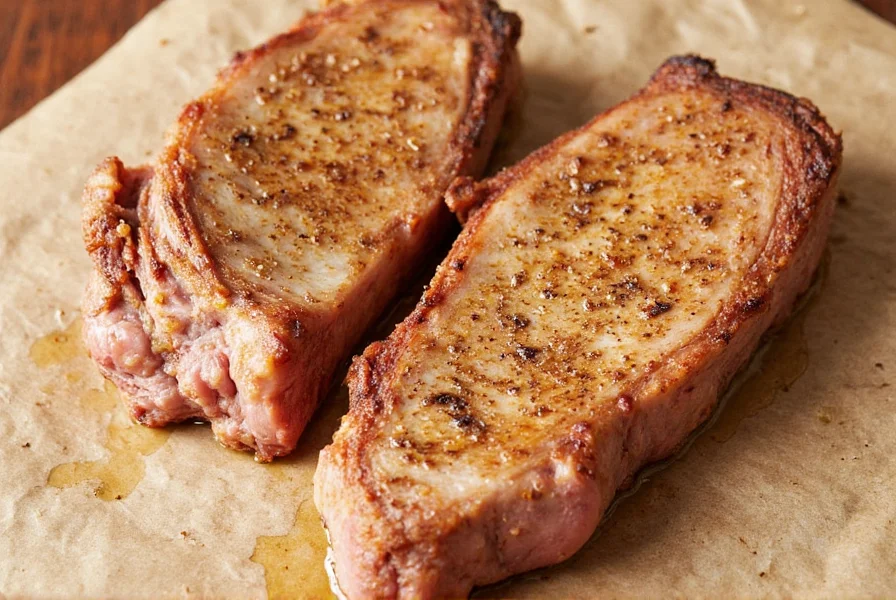
How to Make Pickle Fries
Follow these precise steps for consistently crispy pickle fries:
- Prep Pickles: Slice dill pickles into 1/4-inch sticks. Pat completely dry with paper towels—moisture is the enemy of crispiness.
- Make Breading: Combine 1 cup flour, 1/4 cup cornstarch, 2 tsp smoked paprika, 1 tsp garlic powder, 1/2 tsp onion powder, 1/4 tsp cayenne, 1 tsp salt, and 1/2 tsp black pepper.
- Dip & Coat: Dip each pickle stick in buttermilk (or egg wash), then roll in breading. For extra crunch, double-dip: wet, dry, wet, then breading again.
- Fry Perfectly: Heat oil to 350°F (175°C) in a deep fryer or heavy skillet. Fry in small batches for 2-3 minutes until golden. Never overcrowd the pan.
- Drain & Serve: Place on wire rack (not paper towels) to maintain crispiness. Serve immediately with spicy aioli or ranch dressing.

Buying Guide for Pickle Fries Essentials
Invest in these quality items for professional results:
1. Pickle Selection
Choose crisp, refrigerated dill pickles (not shelf-stable). Look for brands with whole cucumbers and no added sugar. Avoid "spear" style—whole pickles yield better fry results.
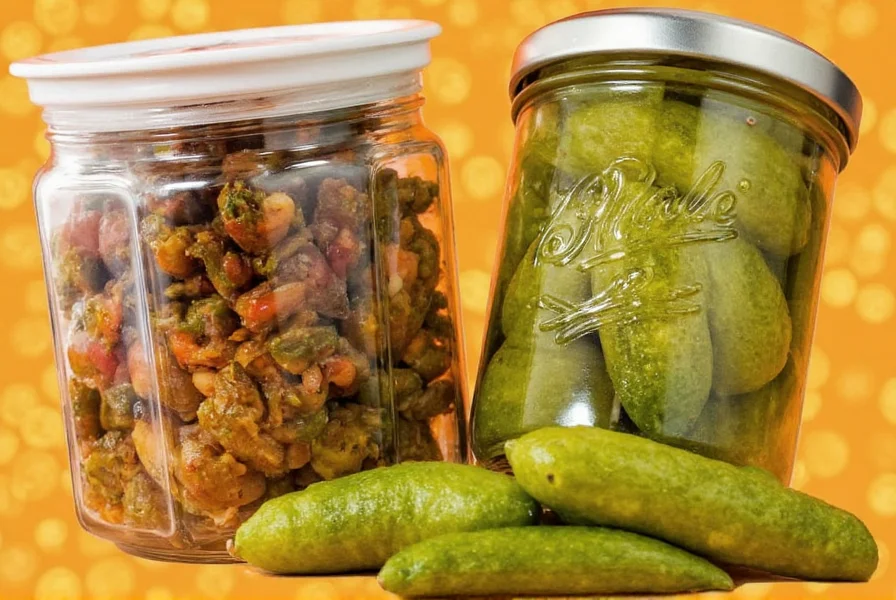
2. Frying Equipment
Use a deep fryer with temperature control or a heavy cast-iron skillet. Avoid thin pans that cause temperature drops. A thermometer is non-negotiable for consistent frying.
3. Spice Essentials
Invest in whole spices and grind them fresh. Pre-ground spices lose potency quickly. Look for brands with harvest dates on packaging for maximum freshness.
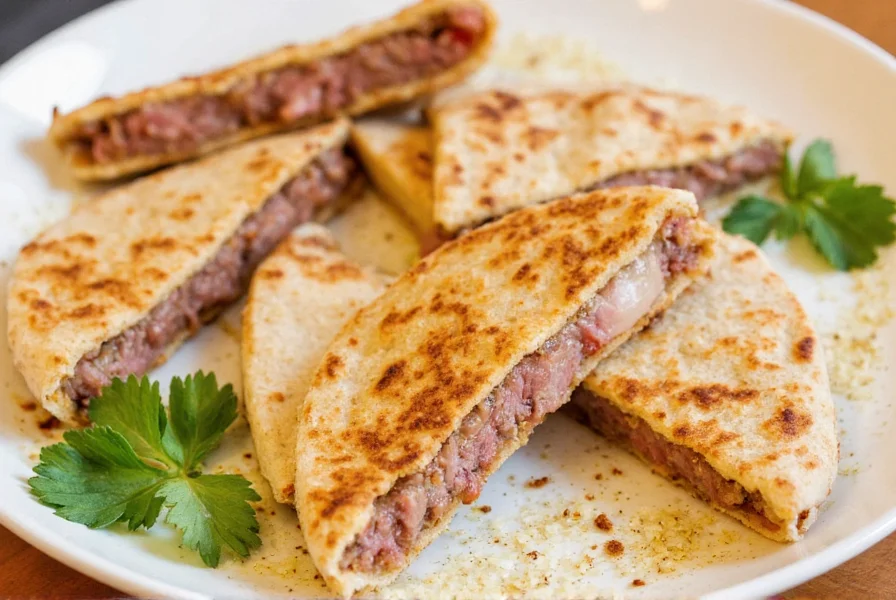
4. Oil Recommendations
Peanut oil (smoke point 450°F) is ideal for neutral flavor and high heat. Canola oil is a budget-friendly alternative (smoke point 400°F). Never reuse oil more than twice.
Frequently Asked Questions About Pickle Fries
What type of pickles work best for making pickle fries?
Dill pickles are ideal due to their firm texture and balanced acidity. Avoid sweet pickles—they become soggy when fried. Look for pickles with whole cucumbers and no added sugar for best results.
Why are my pickle fries soggy instead of crispy?
Sogginess comes from three main issues: 1) Wet pickles (pat dry thoroughly), 2) Oil too cool (maintain 350°F), or 3) Overcrowding the fryer. Always use a wire rack for draining, not paper towels, to prevent steam buildup.
Can I bake pickle fries instead of frying them?
Yes, but results won't match fried crispiness. Preheat oven to 450°F, place breaded pickles on parchment-lined baking sheet, spray with oil, and bake 12-15 minutes flipping halfway. For best results, use an air fryer at 400°F for 8-10 minutes.
How long do homemade pickle fries stay crispy?
They're best served immediately. After 15 minutes, moisture from pickles softens the coating. For holding, place on wire rack in 200°F oven for up to 30 minutes. Never store in containers—they'll steam and become soggy.
What's the best oil for frying pickle fries?
Peanut oil (smoke point 450°F) is ideal for neutral flavor and high heat stability. Canola oil (400°F) is a budget alternative. Avoid olive oil—it burns at frying temperatures. Always filter oil after use to extend lifespan.
Can I make pickle fries ahead of time?
Yes, but only partially. Bread the pickles and refrigerate for up to 2 hours before frying. Do not freeze breaded pickles—moisture causes coating to detach. For longer storage, freeze unbreaded pickles, then bread and fry when ready.
What are some creative spice combinations for pickle fries?
Try these combinations: 1) Cajun blend (paprika, garlic, onion, cayenne, thyme), 2) Italian herb (oregano, basil, garlic, parmesan), 3) Korean gochugaru for spicy-sweet flavor, or 4) Lemon pepper for bright acidity. Always adjust salt based on pickle brine strength.
How can I make my pickle fries extra crispy?
Three proven methods: 1) Double-dip in breading (wet-dry-wet-breading), 2) Add 25% cornstarch to flour mixture, 3) Use buttermilk instead of egg wash for better adhesion. Most importantly, maintain oil temperature—never let it drop below 340°F during frying.
Conclusion
Mastering pickle fries isn't about fancy equipment—it's about precise spice application and technique. By implementing these 5 spice hacks, proper storage methods, and frying best practices, you'll create restaurant-quality results at home. Remember: crispiness comes from dry ingredients, proper oil temperature, and avoiding overcrowding. Now go fry those pickles and impress your friends with this addictive snack!
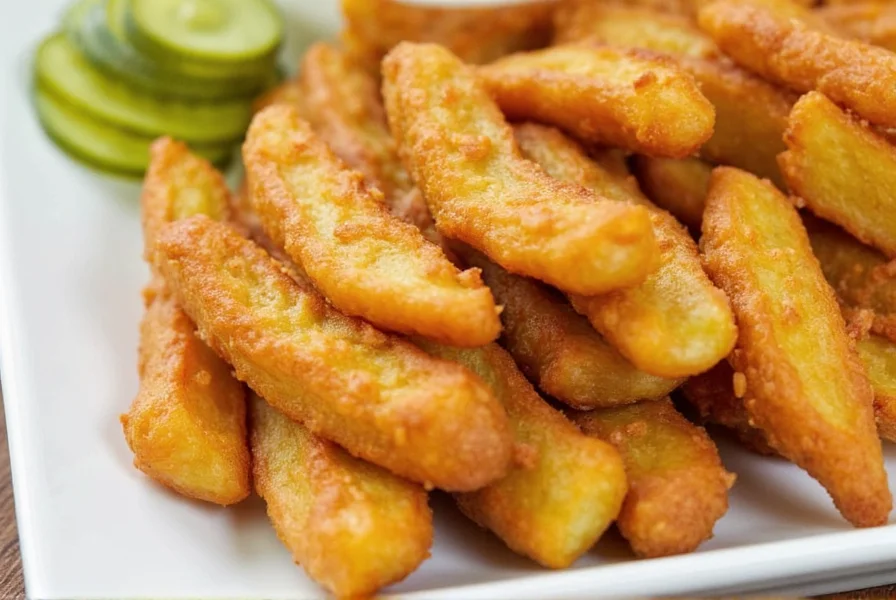

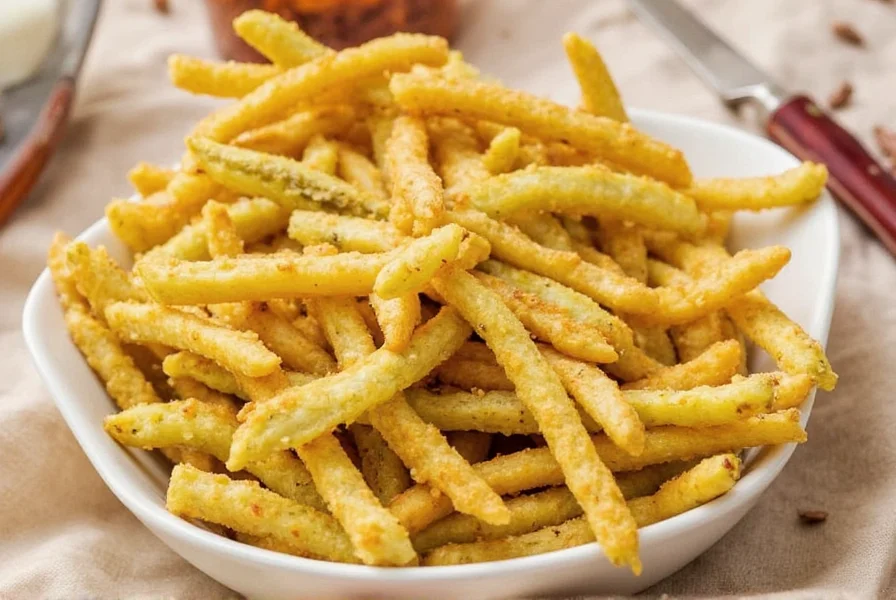









 浙公网安备
33010002000092号
浙公网安备
33010002000092号 浙B2-20120091-4
浙B2-20120091-4